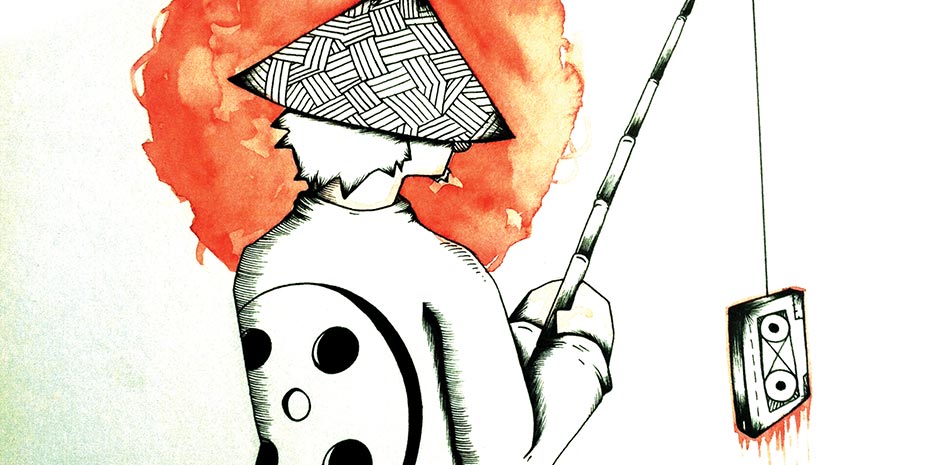COST IN TRANSLATION: SUMMER BLOCKBUSTERS IN A GLOBALIZED WORLD


Summer comes with many things: heat induced fever dreams, fruit cocktails, long nights, and summer blockbusters. Each year, the bones of the film industry rattle with hope in an attempt to tantalize our minds and wallets with big action, big comedy, or big tears. Summer movie season entered the pop culture lexicon with gusto in the late 1970s with two little films called Jaws in 1975 and Star Wars in 1977. Later, showmen like The Scotts (Tony and Ridley respectively), Jerry Bruckheimer, Roland Emmerich— and everyone’s favorite disaster porn impresario Michael Bay—would churn out entertaining if somewhat creatively bankrupt hits. Interestingly enough, as the American movie market navigates an uncertain future, blockbuster exports are going gangbusters overseas. It begs the question: how does globalization affect the financial and creative life of this genre?
Superhero films have become the touchstone against which all summer blockbusters are measured. One example of the trajectory of superhero films in the aughts was Sam Raimi’s Spider-Man trilogy. 2002’s Spider-Man was a critical and commercial success that helped kick off the superhero resurgence of the 2000s, following the release of X-Men and paving the way for 2005’s Batman Begins. It was succeeded two years later by Spider-Man 2—critically acclaimed and another financial home-run. For the third in the Spider-Man trilogy, financial expectations were high—yet it landed on a flat note. Singled out for particular derision was a now-infamous sequence in which Tobey Maguire’s Peter Parker performs a dance in a jazz club: a little bit tango, a little bit Flashdance. At one point, the force of his gaze blows a woman’s hair back when he makes eye-contact. American audiences were baffled. Critics were divided. Yet, the film made well over 100 million dollars more in the overseas markets than any of the previous Spider-Man films had, even as the US receipts took a tumble.
Here’s the thing about that dance sequence: it wasn’t meant for us. For the last decade, the US film market has grown incrementally at best, much of that growth being due to rising ticket prices. The foreign market, however, is expanding rapidly, up by 30% or more in the last few years alone, and Hollywood has taken notice. What seemed to most American viewers an awkward non sequitur was in fact Hollywood courting Bollywood; Peter Parker’s tango was a harbinger of things to come as the studios are forced to seriously consider what overtures to other cultures will reap the largest gains. Explosions translate. Children’s movies translate—some of the biggest international hits of the past few years include Toy Story 3 and Frozen, animated movies that are easy to dub into other languages and which by and large deal with easily understood, universal themes. Heroes and villains exist in all cultures, and those narratives travel easily across borders.
There is a twofold change occurring—the first of which is the ways that the increasingly interconnected global economy begins to bear on the films we get to see. Movies reflect our culture back to us, and comedy, with the exception of slapstick, is firmly rooted in culture. Romantic comedies do an especially poor job of translating across cultural lines, but the problem is widespread. “I’ll have what she’s having.” “That’s what she said.” Woody Allen’s cerebral confections of intellectual in-jokes and Borscht Belt banter. The question is no longer “But will it play in Peoria?” but “Will it play in Peking?” It’s not as though comedic films will cease to exist, of course. Rising costs of production and promotion make the major studios increasingly risk-averse, and comedy is just the latest genre the studios are abandoning in order to get ahead in the global marketplace. Instead of the big-budget star comedy vehicles of the ’90s and early aughts, the American comedy tradition will move on in the world of independent film—while the tentpole films of summer get bigger, louder, and more repetitive.
A second and perhaps more interesting happening is the dismantling of the century-old facade of good ol’ American cultural imperialism. After decades of being able to disperse American films into the world with no real cause to look at it in other cultural contexts, our product has to be evaluated through other eyes now. Like the lamb burger at a McDonald’s in India or poutine at an Arby’s in Canada, American purveyors have been adjusting their product to international markets. Movies, though, are a shared experience, a single product sent out into the world. Filmmakers must either flatten the story into a form as basically understandable as possible (good vs evil, boy gets girl), and/or somehow make a film that can stand up to multiple gazes, multiple ways of seeing. One of the most interesting examples happened just recently with the release of Iron Man 3. Chinese celebrities were cast in small parts that were then expanded for the Chinese release of the film, and the villain of the film—Chinese in the original comics—was instead played by Ben Kingsley as a sort of Orientalist mélange. The film went on to make over a billion dollars worldwide, 800 million of that coming from overseas markets. Was it polished? No. It is garish (especially in the light of the blatant Chinese product placement that squeezed into those expanded scenes), and it’s seen as a cynical grab for cash—one that worked out so well that Transformers 4 is attempting a similar path, casting Chinese actors in supporting roles and then heavily promoting them in China.
A globalized flow of art, ideas, and commodities is the norm. And like many other industries, film studios are taking note. Hiring local actors, even making an effort to be culturally sensitive in a blockbuster comic book movie—these are things that no studio would have thought to do just a decade ago. »
– Patrick Duncan



